Circulatory System
4.0(5)
Card Sorting
1/23
There's no tags or description
Looks like no tags are added yet.
Study Analytics
Name | Mastery | Learn | Test | Matching | Spaced |
|---|
No study sessions yet.
24 Terms
1
New cards
systemic circulation
Carries blood to body and back, Is initiated by the left side of the heart.
2
New cards
Septum
Is a wall dividing the right and left sides.
3
New cards
3 major components of the circulatory system
1. Heart
2. Blood vessels
3. Blood
2. Blood vessels
3. Blood
4
New cards
The heart has four chambers
left atrium, left ventricle, right atrium, right ventricle
5
New cards
Passage of Blood Through the Heart Blood follows this sequence through the heart
superior/inferior vena cava --> right atrium--> right ventricle --> pulmonary arteries --> lungs --> pulmonary veins --> left atrium --> left ventricle --> aorta --> to the body 2
6
New cards
pulmonary circulation
carries blood to lungs and back, initiated by the right sided of the heart
7
New cards
3 types of blood vessels
1. arteries/arterioles
2. Capillaries
3. Veins
2. Capillaries
3. Veins
8
New cards
arteries (arterioles)
-carries blood away from the heart
-have thick muscular walls
-all arteries (pulmonary artery) carry oxygenated blood
-have thick muscular walls
-all arteries (pulmonary artery) carry oxygenated blood
9
New cards
capillaries
-nutrient and gas exchange occurs
-joins the arteries/arterioles with the veins/venules
-have only one cell thick to allow exchange of gases
-joins the arteries/arterioles with the veins/venules
-have only one cell thick to allow exchange of gases
10
New cards
Veins (venules)
-carries blood toward the heart
-drain blood from capillairies
-all veins (except pulmonary veins) carry deoxygenated blood
-have thin walls and values
-drain blood from capillairies
-all veins (except pulmonary veins) carry deoxygenated blood
-have thin walls and values
11
New cards
2 elements of Blood
1. fluid portion
2. solid portion
2. solid portion
12
New cards
fluid portion of blood
composed of 92% water, rest is mae up dissolved ggases proteins, sugars, vitamins, minerals, and waste.
13
New cards
solid portion of blood
red blood cells - carries O₂ and CO₂ to and from cells
white blood cells - helps fight off infections
platelets - helps to clot blood
white blood cells - helps fight off infections
platelets - helps to clot blood
14
New cards
Disorders of the circulatory system
-Heart attack
-stroke
-hypertension
-stroke
-hypertension
15
New cards

What part of the heart is this?
Aorta
16
New cards

Right ventrical
17
New cards
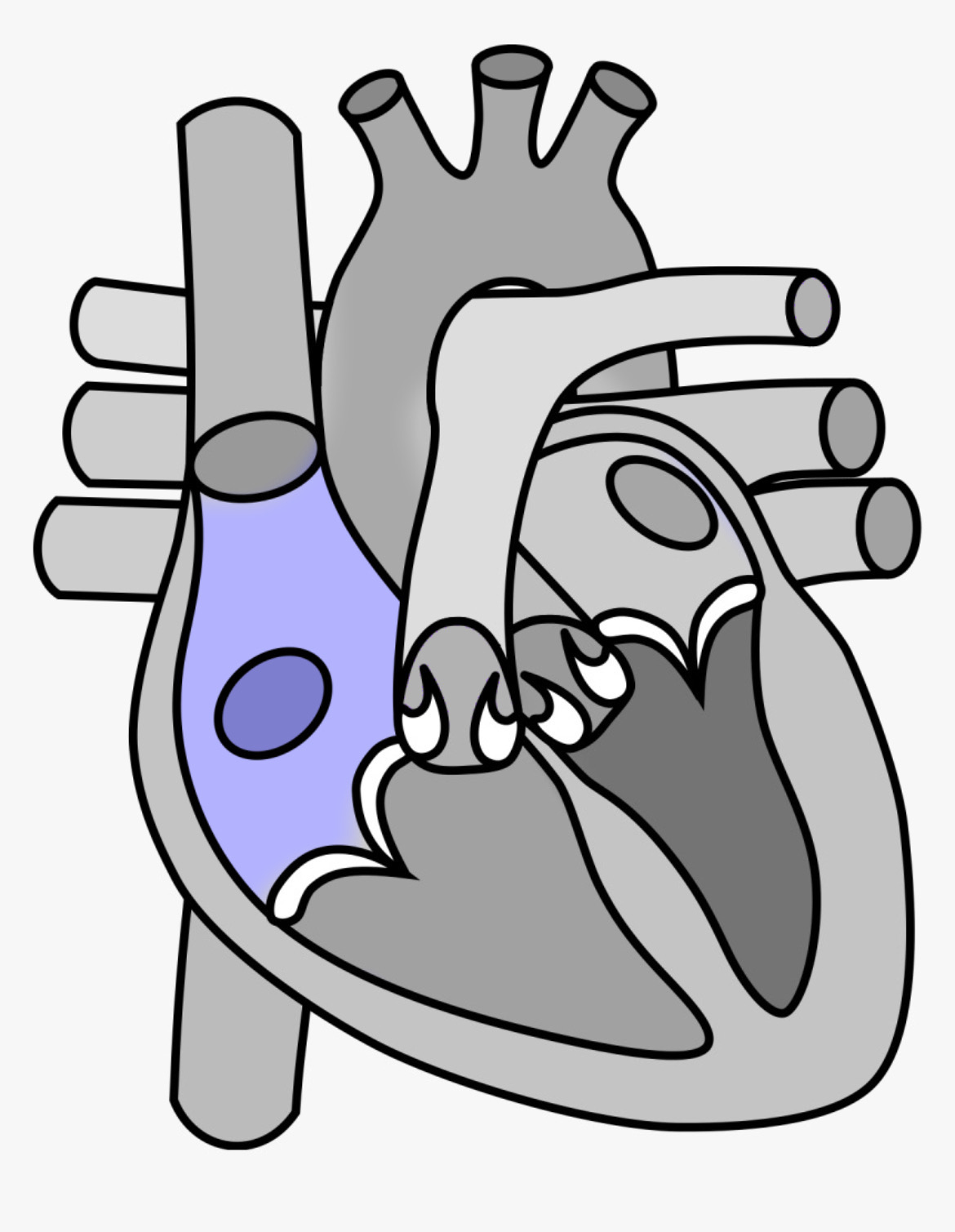
Right atrium
18
New cards
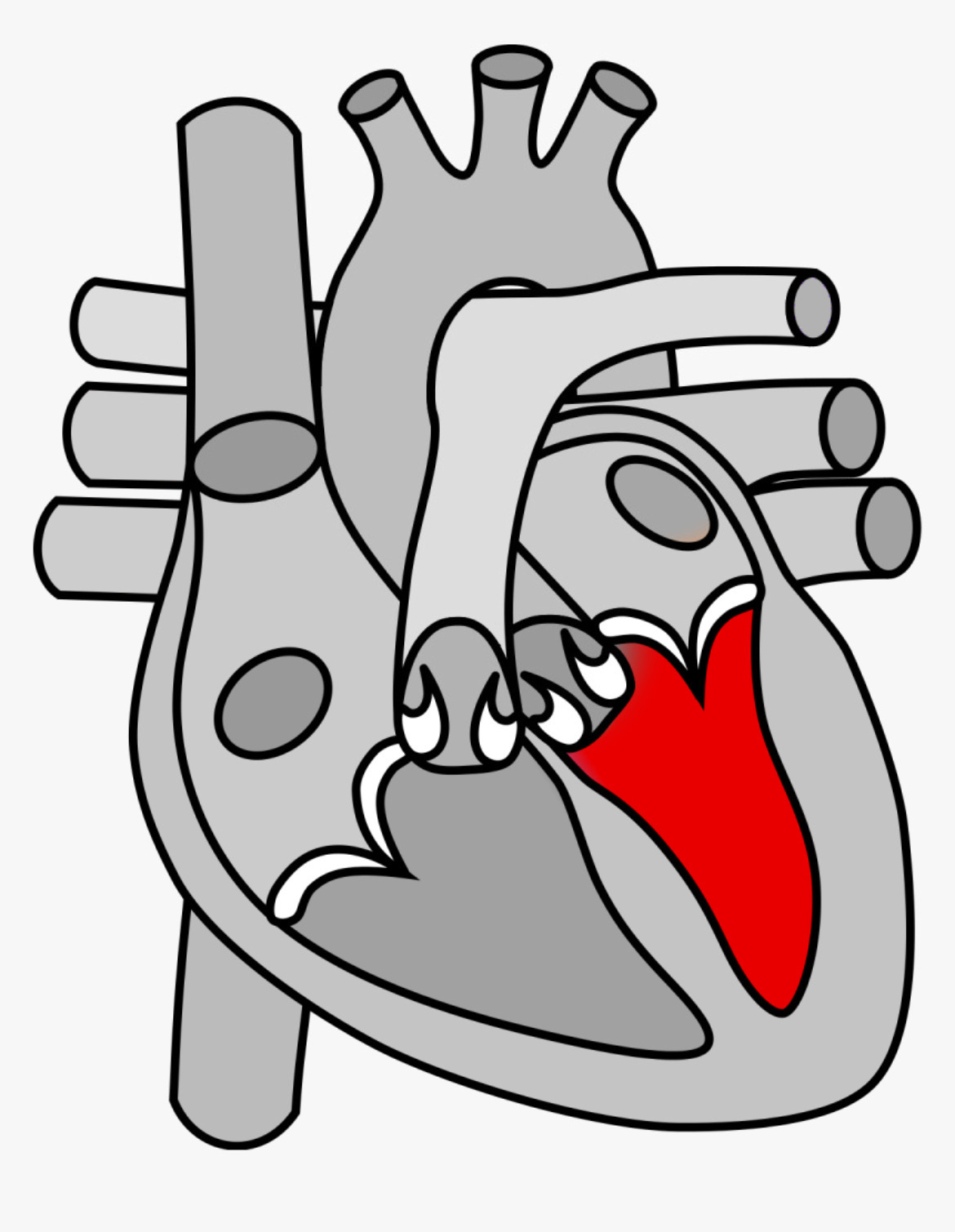
Left ventricle
19
New cards
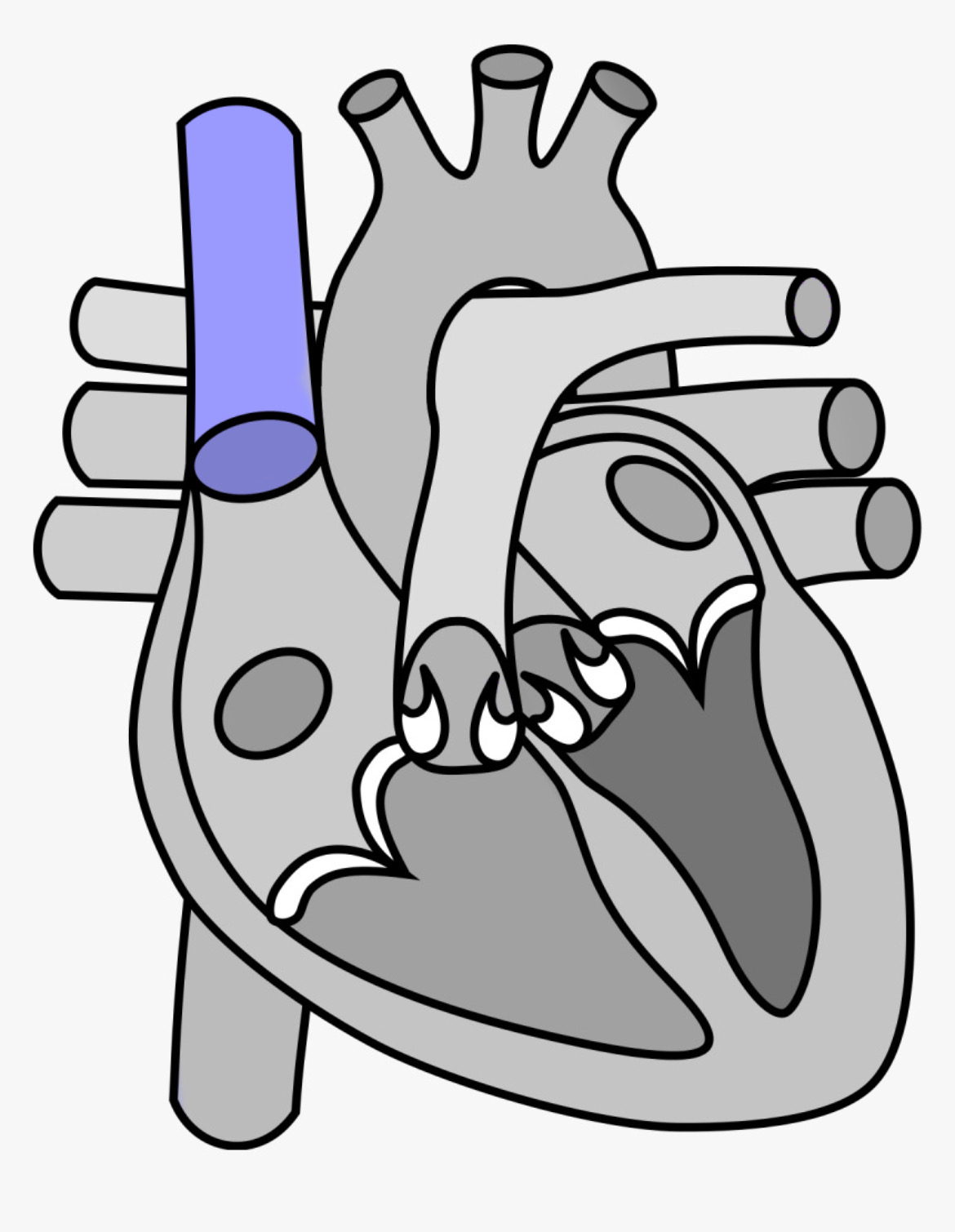
superior vena cava
20
New cards

Inferior vena cava
21
New cards
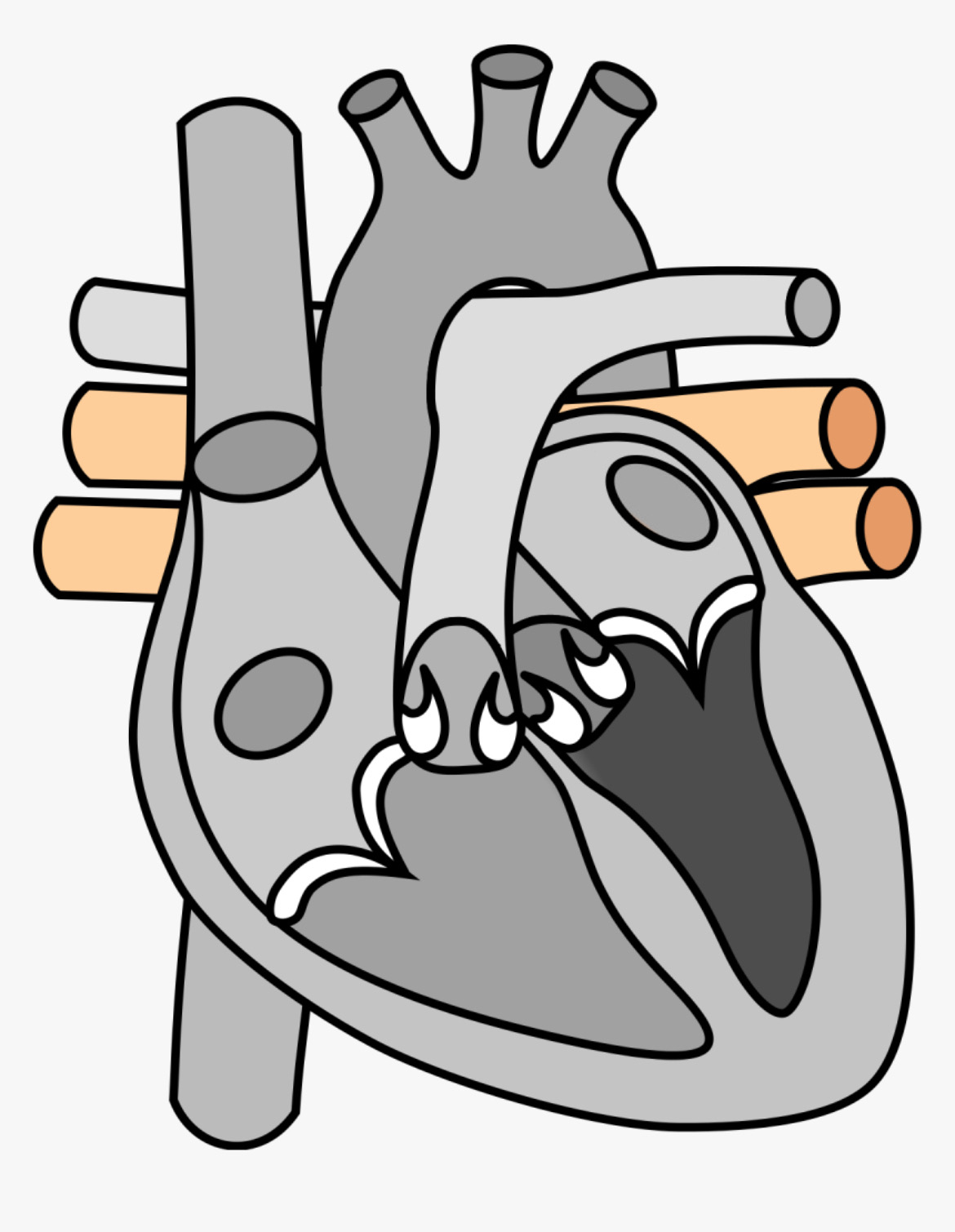
Pulmonary vein
22
New cards
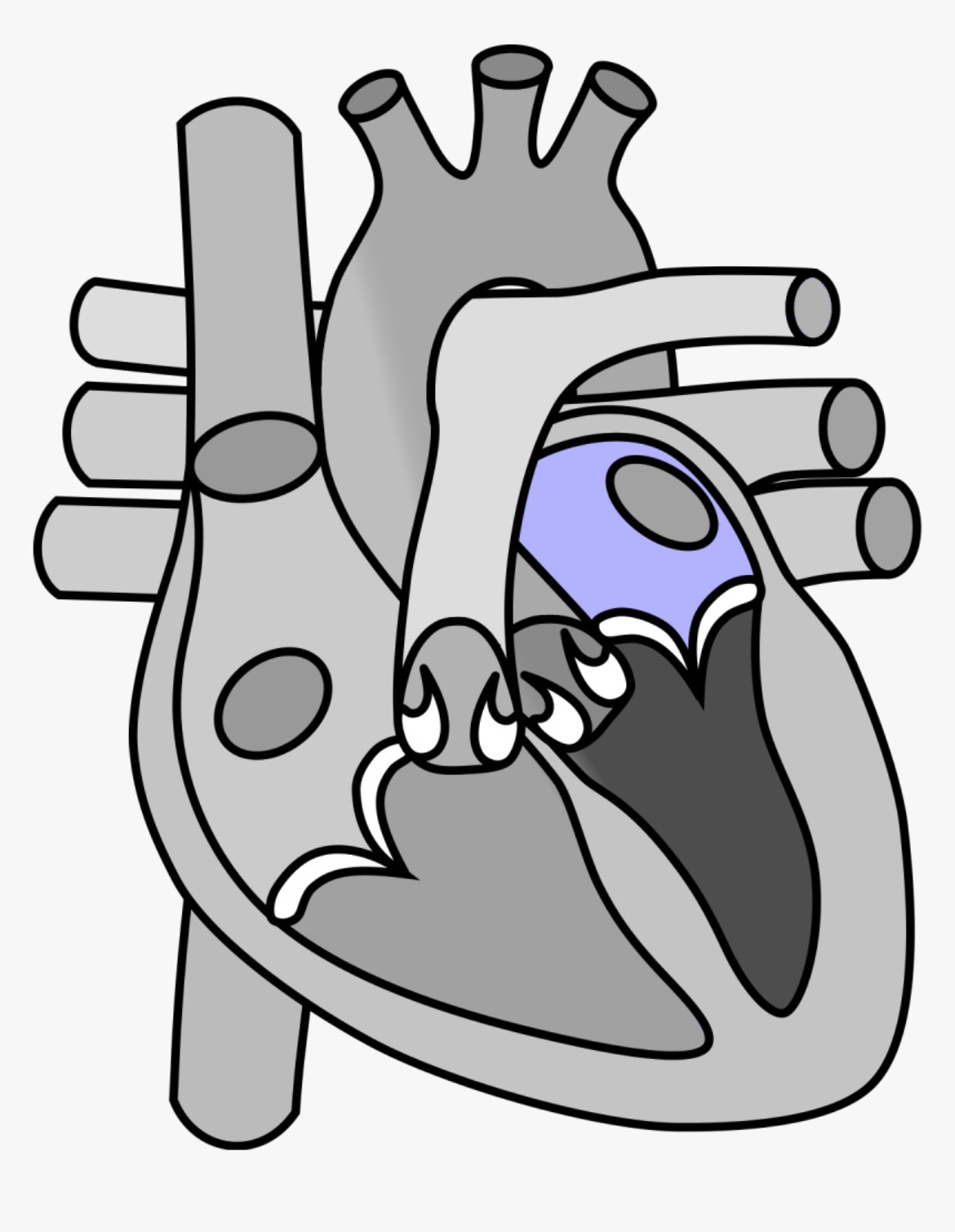
Left atrium
23
New cards

septum
24
New cards
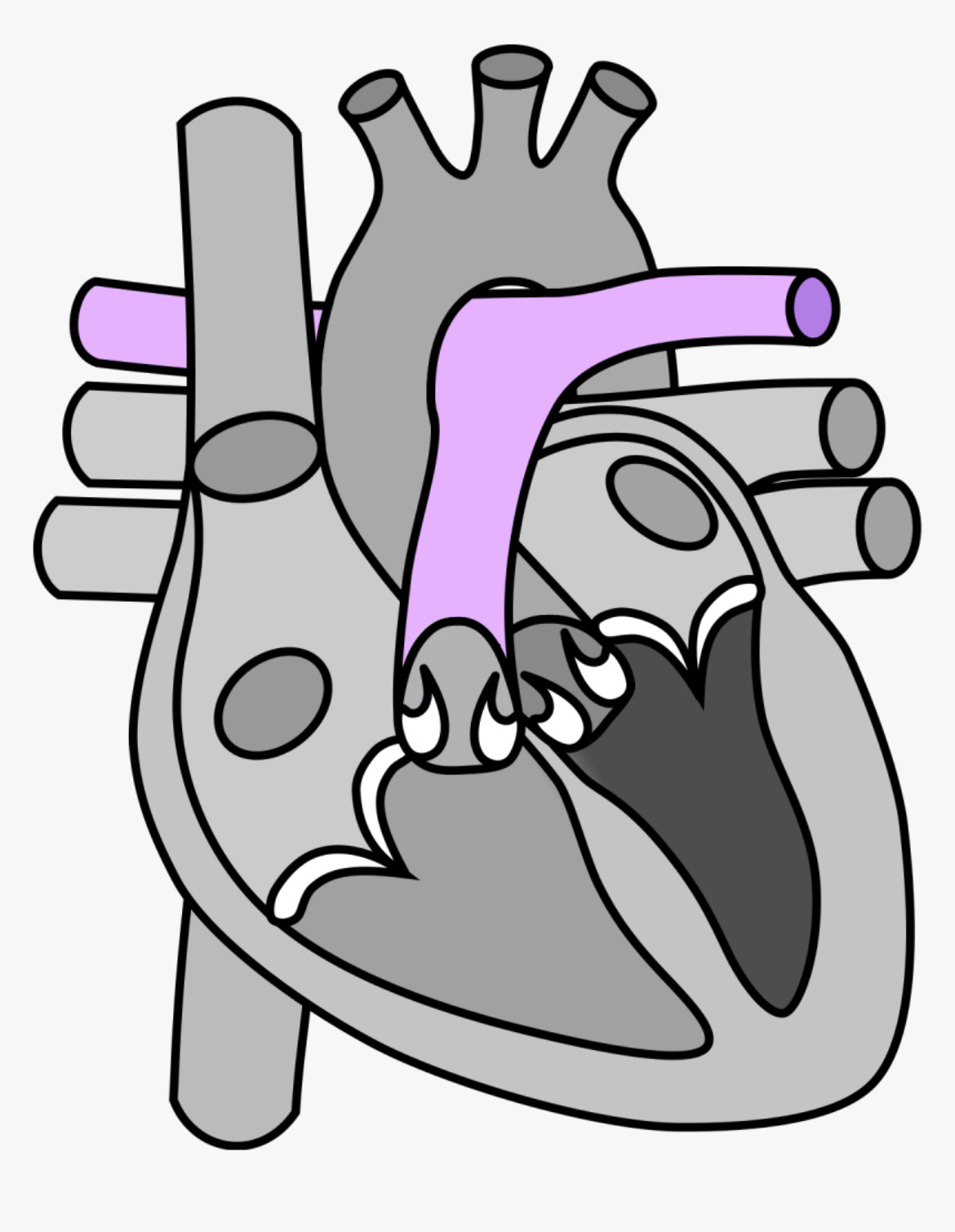
Pulmonary artery